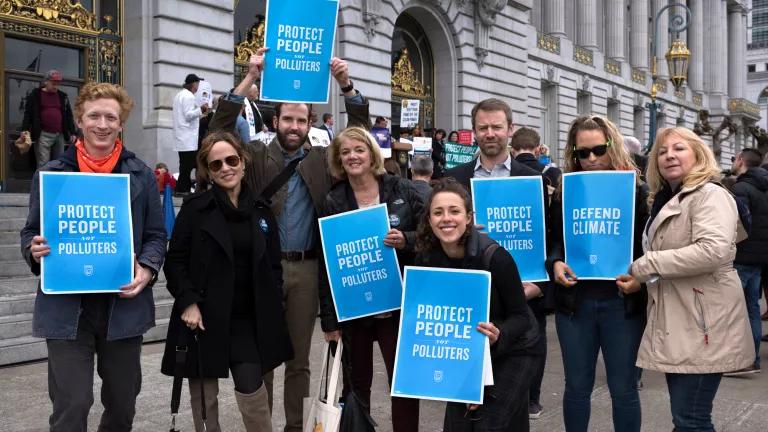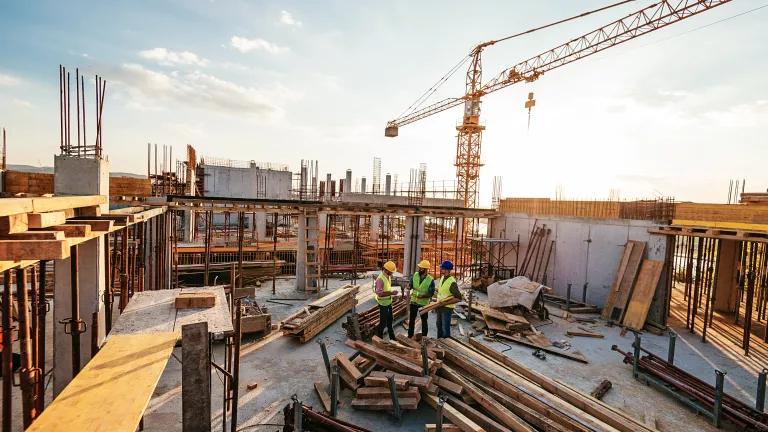CA Climate Crisis Act Stalls in Legislature’s Final Hours
A top climate bill making its way through the legislature will need to wait until at least January 2022 for further action after it failed to secure the 21 votes needed to pass the state senate.

A top climate bill making its way through the legislature will need to wait until at least January 2022 for further action after it failed to secure the 21 votes needed to pass the state senate. AB 1395, the California Climate Crisis Act, by Assembly Members Muratsuchi and C. Garcia was taken up on the final day of the legislative session and received supportive comments and “AYE” votes from 14 senators, but ultimately could not overcome opposition from the oil and gas industry, the California Chamber of Commerce, and many labor organizations.
AB 1395 would enshrine in law California’s ambitious climate goals first set by former Governor Brown in 2018 and backed up by Governor Newsom. As the LA Times recently noted in an editorial in favor of the bill, Executive Orders do not have the force of law. We need legislative action to cement the state’s commitment to achieving net zero greenhouse gas emissions by 2045 or sooner, and to maintaining net negative emissions every year thereafter. Climate scientists have determined that we must reach net zero greenhouse gas emissions by mid-century to avoid the worst impacts of climate change.
Additionally, AB 1395 would require steep reductions in greenhouse gas emissions—90 percent from 1990 levels by 2045—and accelerate efforts to reduce the burning of fossil fuels, which will also improve air quality and public health. AB 1395 would set concrete, achievable goals and put in place mechanisms to work toward those goals while monitoring actual results and providing for accountability and public transparency.
Although 2045 seems like a long way off, the state must take aggressive action and get started now on the strategies that will be needed to hit that goal. AB 1395 provides legislative direction to bolster and guide the work of the Air Resources Board (ARB) as it works on updating the Scoping Plan.
Specifically, the bill directs ARB to identify a range of approaches to meet these ambitious goals. It balances concerns and opportunities by requiring ARB to consider both the potential benefits and risks of carbon capture and removal technologies, include robust monitoring and reporting, and to ensure that there are no adverse impacts to local air quality, particularly in low-income and disadvantaged communities. Given the urgency of the crisis, we need to consider every viable option to reduce and sequester greenhouse gases quickly, safely, and affordably.
NRDC is ready to continue the fight and looks forward to working with our allies in the clean energy business community, other environmental groups, health and faith organizations, and environmental justice partners on next steps this fall. We are grateful for the work of AB 1395’s authors and co-authors; Assembly Members Muratsuchi, C. Garcia. L. Rivas, Holden, McCarty, R. Rivas, Stone and Senators Allen, Becker, Gonzalez, Laird, Leyva, Limón, Skinner, Stern and Wiener. And we urge legislative leadership and Governor Newsom to roll up their sleeves and work with us on an ambitious climate agenda for 2022.



